President's Message - December 2012
Mathematicians Stand on Each Other's Shoulders

CATHY HALL
cathy.hall@oame.on.ca
- Carl Friedrich Gauss
Those of you who know me well are only too familiar with the fact that I'm a huge fan of Gauss, even 150+ years after his demise! I often relate stories of this mathematician and his accomplishments during PD sessions with teachers. As well, I have witnessed some of the most powerful "Aha!" moments with students as they investigate his patterns.
Sometimes called "the prince of mathematics," Carl Gauss was a prodigious child, at the age of three, informing his father of an arithmetical error in a complicated payroll calculation and then following up by stating the correct answer. In elementary school, when his teacher assigned the problem of summing the integers from 1 to 100 to his students, thinking it would be the ultimate busy work, Gauss thwarted his teacher, as he often did, by immediately writing down the correct answer on his slate. How did he arrive at the correct solution of 5050 so quickly? By cleverly spotting that the sum was built upon an easy pattern... 50 pairs of numbers, each pair adding up to 101!
A few years later, Gauss demonstrated a method for constructing a heptadecagon, using only a straightedge and compass. Soon afterwards, he proved that every number is the sum of, at most, three triangular numbers. While not a stellar example of the perfect mathematician, since he often left his work unfinished or backed up by vague proofs, he was nonetheless a flexible and creative thinker, who was always willing to build upon the knowledge of others in his field, by "standing on their shoulders," so to speak.
In many ways, I see Gauss and his work as a model for our mandate in OAME... and especially so this year, when our focus is OUTREACH. The obvious links between triangular number imagery and our association's logo aside, we should not be too hasty in discounting the power of the triangle in getting the job done. After all, weare all familiar with the structural integrity of the triangle when used in applications such as bridge building and construction, as well as the grounding properties of the base of a triangle. In the case of OAME, this strong base is provided by our members and our ability to build upon each other's strengths.
The quotation I chose as the jumping-off point for this article is one of the more obscure, but in my opinion, one of the more astute quotations attributed to Gauss. As your president this year, I know just how important it is that we do, indeed, stand on each other's shoulders in our quest to help the students and teachers in this province reach the pinnacle of mathematics achievement. As we engage in building strong professional learning communities within our schools, our boards, and our regional chapters, I hope that we take the time to dig ever deeper into the math we are teaching and the delivery models for doing so. It might seem to represent a huge risk at times, but if we keep in mind that we have a safety net in the form of those colleagues forming the base of the pyramid, then it will give us the courage to climb onto their shoulders and reach higher than ever before.
If you think back to my President's Message in the September Gazette, you will remember that I spoke about a restructuring of the OAME Board of Directors. This three-year transitional process has now begun, and as it moves forward, will result in a pared-down governing body that will rely more fully on the input of chapters and their Chapter Reps, who will make up the majority of the Board of Directors. Our 15 regional chapters are, after all, the strength of our organization, and this restructuring will highlight that fact. Chapters will, in a sense, represent the shoulders of our provincial math association and, as such, will carry more weight, both literally and figuratively. I firmly believe that our chapter associations are the key to a successful OAME outreach initiative. Too often, I think we take for granted the countless hours our Chapter Councils and Chapter Executives put in on our behalf. I would like to take this opportunity to thank all the individuals who are the driving force behind their chapter initiatives. Although we may not always do a very good job of saying so, I want to assure you that your President and Board of Directors appreciate all your hard work and leadership in support of Ontario's math community!
Outreach can have a myriad of different meanings, depending on the context and the initiative itself. However, the basic premise always remains the same.
Outreach is simply the process of engagement with individuals and organizations by other entities or individuals, with the primary purpose of serving as a resource and a support group. Unlike sales or marketing, which are one-way and focused on immediate actions, such as highlighting a product or making a purchase, outreach is driven by two-way engagement and is not focused on immediate outcomes. Rather, it is aimed at creating and sustaining mutually beneficial and sustainable relationships. This encapsulates the basic premise of our work within OAME as we strive to support our teachers and their students. Right now, one of our main initiatives is preparing ourselves for a provincial curriculum review in mathematics. Your OAME Curriculum Committee has been working diligently to develop and fine-tune a process by which our members can become involved in providing informed feedback on where we're coming from and where we see ourselves going in math instruction in the future.
In my previous President's Message, I urged you to be proactive in this regard by taking a close look at not only your own grade expectations in math, but also at the big picture from Kindergarten to Grade 12. The goal here is to focus on connections, disconnects, gaps, and conceptual verity in the current math curriculum. You will be happy to hear that we are starting to roll out some workshops where you will have a chance to share your insights and feedback in this regard. In fact, by the time this issue of the Gazette comes out, you may already have had a chance to become involved in one of these workshops, since our initial target audiences will be participants at chapter mini-conferences and the Fall Leadership Conference. Some chapter associations are also planning to run forums, where this will be the working topic. We hope to be sharing some of our results and garnering additional feedback at OAME 2013 in May. Our ultimate goal in this outreach initiative is that of gathering insights from our membership and using them to shape "our OAME voice" on this topic.
A key component of outreach is that the groups providing it are often not stationary, but mobile. In other words, they are meeting those in need of outreach services at locations convenient to the target audience. This can be a bit tricky, given the logistics of our chapter boundaries. However, we are making a concerted effort to reach more of our members by putting in place some new PD approaches. In my own chapter, we have already "hit the road" to present a mini-conference for some of our out-of-town members who find it difficult to make it to the city for our regular offerings. We were pleasantly surprised by the outcome of our experiment, in that we had a good cross-section of teachers, coaches, and administrators join us for this event. The atmosphere was super-charged as folks interacted and did hands-on investigations into how their students make sense of algebraic relationships across the grade continuum. The discourse was rich, the problem solving intense, and the thanks we received made all the travel and organizational work worthwhile.
While an actual roadshow may not always be a viable option because of the cost, time, and personpower involved, many chapters are finding that they have been getting similar results using technology to draw their members together in a virtual workshop setting. We would like to hear about your chapter's outreach initiatives—or your ideas about how OAME can better serve your needs. To this end, we will be sending out an e-survey via ThoughtStream, a process that requires very little time or effort on your part (or ours!), but one that allows you to provide us with meaningful feedback on the topic at hand. Watch for it in your Inbox near the end of the month.
I'll close now... but not before leaving you with a small "outreach" homework assignment. I want you to do a bit of hunting to find something about Gauss that might make you want to join me as one of his biggest fans. It should be something that intrigues you enough to share it with someone else, whether that someone be a fellow colleague, your students, a family member, or even a stranger during your travels. You might be surprised at how accessible some of his findings are, to even the youngest children! I'd be happy to hear about any "Aha!" moments, if you care to share them with me. I'd also love to receive pics of any literal interpretations of Gauss's opening quotation. For that, you'll need to be not only a flexible math thinker, but also a well-coordinated and flexible climber and human pyramid builder. Good luck with both challenges!
Previous Message:
Welcome!
Next Message:
Attitude is Everything!

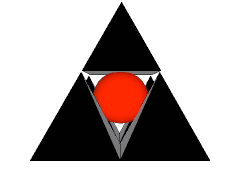







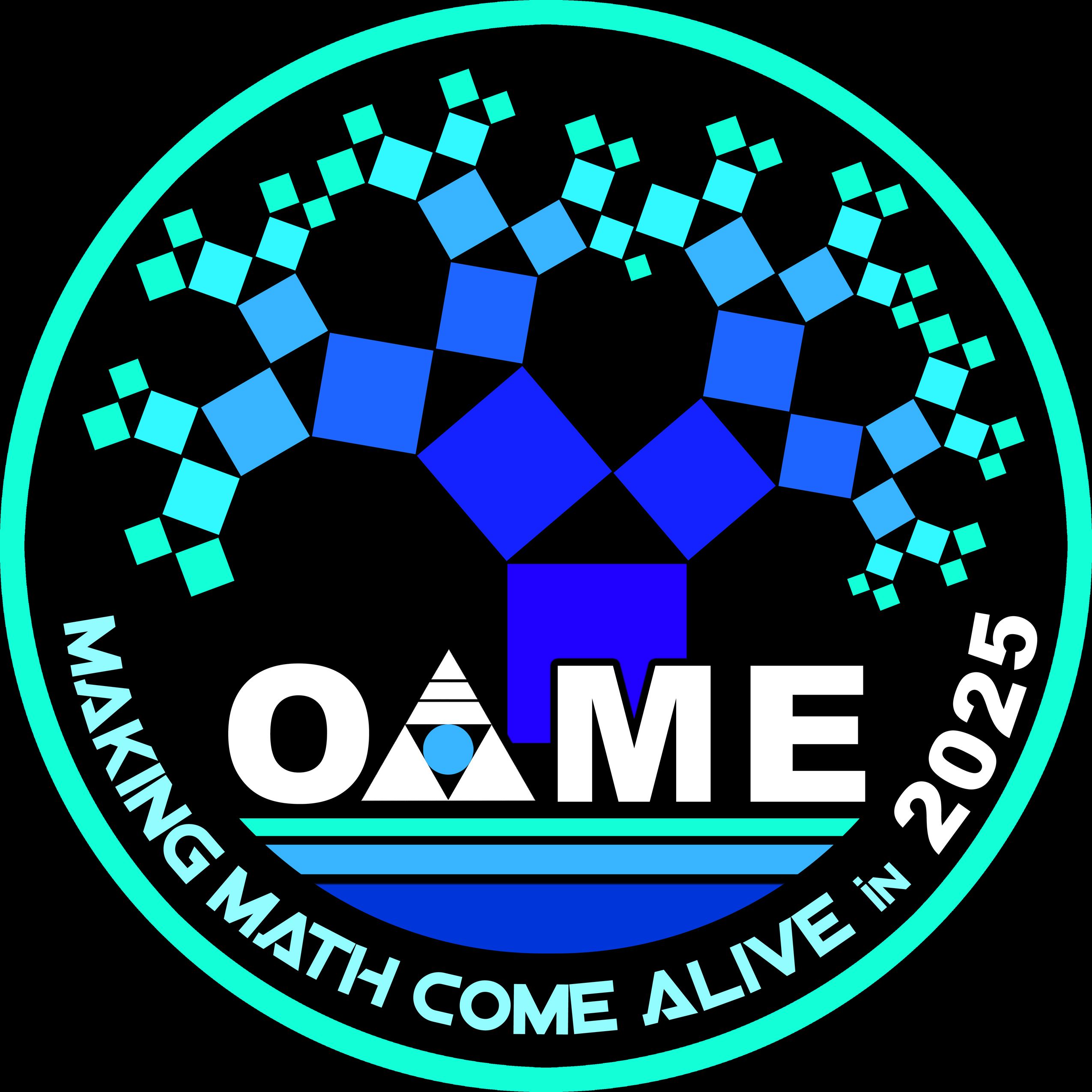
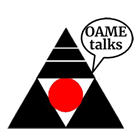
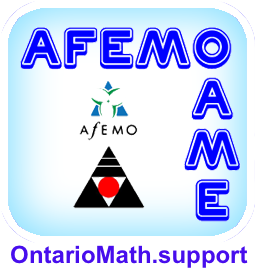
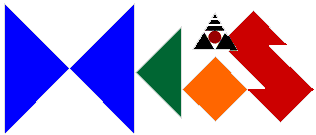



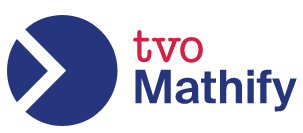

 Like us on FaceBook
Like us on FaceBook